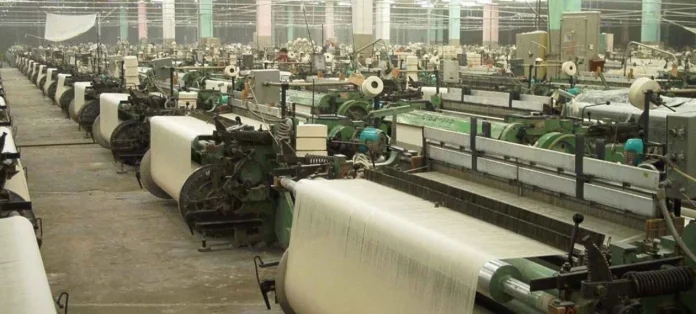The fluctuating trends in Pakistan’s textile exports during the initial months of the fiscal year paint a complex economic picture. While the overall export figures for the country in fiscal year 2023-24 reflect a marginal decrease, the textile sector’s specific performance, witnessing a 6.33% decline, demands attention and strategic intervention.
Several factors have contributed to this decline, notably escalating production costs and a prevailing liquidity crunch within the industry. These challenges, coupled with global market dynamics, have impeded the growth trajectory of textile exports. The sector’s resilience, however, is evident in the month-on-month growth observed in October 2023, showcasing a 5.61% increase to $1.437 billion.
To counter these hurdles, initiatives aimed at mitigating production costs and addressing liquidity constraints are underway. Efforts to provide competitive energy prices are crucial, as they directly impact manufacturing expenses, offering potential relief to textile producers. Additionally, the release of pending sales tax refunds serves as a vital mechanism to infuse liquidity into the industry, enabling smoother operations and investment opportunities.
The notable surge in specific exports like cotton yarn, rice, and food groups suggests areas of potential growth and diversification within the broader export landscape. Strategic emphasis on nurturing these segments while concurrently addressing the challenges faced by the textile industry will be pivotal in revitalizing Pakistan’s export performance. Overall, a multifaceted approach that combines cost-efficient measures, financial support, and targeted export diversification efforts is essential to bolster Pakistan’s export competitiveness in the global market.


